Many thanks to SWLing Post contributor, Don Moore–noted author, traveler, and DXer–for the latest installment of his Photo Album guest post series:
Don Moore’s Photo Album: Western Venezuela
by Don Moore
I started this series several months ago with pictures of Ecos del Torbes and other stations in San Cristóbal, Venezuela. This time I want to take you to the other places I visited on that trip to Andean Venezuela in January 1995.
When I started DXing in the early 1970s, Venezuelans were the most commonly heard Latin American shortwave stations. The 90- and 60-meter bands were full of them and there were more than a few to be heard in the 49- and even 31-meter bands. But the Venezuelans began abandoning shortwave before other countries in the region and by the late 1970s their numbers had been considerably thinned. Only a handful remained in the early 1990s.
This radio dial [click to enlarge] goes back to a time when Latin American stations were found all over the radio bands.
One of the last Venezuelan stations to leave shortwave in the 1990s was Radio Valera in the busy commercial city of Valera.
For decades, Radio Valera was one of the best heard and most consistent Venezuelan stations on 60 meters. Roque Torres Aguilar, waving on the left side, was station manager at the time of my visit.
I’ve found listings in DX publications for their 4840 kHz frequency as far back as 1946.
I was given this 59th anniversary key chain when I visited Radio Valera in January 1995. So the station must have begun around 1935.
Station studio in 1995.
A second shortwave station in the state of Trujillo was Radio Trujillo in the nearby town of the same name. Broadcasting on 3295 kHz, they were one of the easier catches in the 90-meter band in the early 1970s but were gone by the late 1970s.
In 1995 the station sign still listed 3295 kHz although they hadn’t used the frequency in around twenty years. The earliest record I have found of Radio Trujillo had them on 3310 kHz in 1946.
Announcer José Ramón in the Radio Trujillo studio.
The next state south of Trujillo is Mérida and its capital city was once home to several shortwave stations.
Radio Los Andes used 6010 kHz in the 49-meter band which meant it was often covered by stronger international broadcasters. In North America the station was always best heard in the mornings when the frequency was more likely to be open. They also identified as simply Mil Cuarenta, in reference to their medium wave frequency.
Radio Universidad on 3395 kHz was arguably the best heard Venezuelan station on 90 meters and it remained on shortwave until the early 1980s. The station didn’t have any kind of outside sign but there was this ad for a religious program on the station on a bridge a few blocks away. Radio Universidad is a private station but takes its name from the Universidad de Los Andes, one of the best universities in Venezuela.
Aside from the university, the city of Mérida is best known for the world-famous Coromoto Ice Cream store.
For many years the store has held the record for offering the most different ice cream flavors, as seen in this picture from 1995. Some of the flavors such as chocolate and fresa (strawberry) are common. More unusual ones included cebada (barley), chicharron (fried pork rind), trucha ahumada (smoked trout), and espinacas (spinach). Other flavors were combinations of items and named after all sorts of things such as events (1994 USA World Cup), countries (Italia, Canada), or quirky expressions (Te Amo en Silencio – I Love You Silently). Some local radio stations and TV networks had flavors named after them, such as Radio Universidad and Radio 1560. It’s been a long time since I was there but I remember that the onion ice cream was surprisingly good, the rose ice cream tasted like putting my nose in a bouquet of flowers, and the spaghetti with cheese was gritty with ground-up frozen spaghetti.
Mérida is a mountainous state and home to all of Venezuela’s highest peaks, topping out with Pico Bolívar at just under 5,000 meters. The state also includes a narrow strip of hot lowlands near Lake Maracaibo and that is home to the state’s second largest city, El Vigía. On 3215 kHz, Ondas Panamericanas was another of the better-heard Venezuelans stations in 90 meters in the 1970s.
Announcer Orlando Suarez gave me a tour of the station.
San Cristóbal wasn’t the only city with a shortwave broadcaster in Táchira state. Radio Frontera, which used to broadcast on 4760 kHz, made its home about an hour away in San Antonio, along the border with Colombia. The station took its name from the border. At the time of my visit they had just moved to the top floor of this building.
Modesto Marchena was the long-time owner and manager of Radio Frontera. I spent over two hours at the station because he was so friendly and talkative. Radio Frontera’s shortwave frequency had been inactive for several years but while I was there he called the transmitter site and had them turn it back on. He kept 4760 kHz on the air for several days after that and many DXers around the world reported hearing it. I believe that was the last time Radio Frontera was on shortwave. Señor Marchena passed away in 2018.
The view from Radio Frontera’s studios.
These glasses are a unique set of station memorabilia. Señor Marchena gave them to me during my visit.
Radio Frontera QSL card from the 1990s.
Radio Frontera sticker from 1995.
Picture of an old pennant found online.
MEMORIES
If you were DXing in the 1970s you probably have lots of good memories of Venezuelan stations from that time period. Sometimes with hobby friends we quiz one another on the frequencies and names of these long-ago stations. In those days there were Venezuelans every 10 kHz on 60 meters, starting with Radio Frontera on 4760 kHz. A good trick is starting there and going up the band naming them all.
I’m happy that I made this one trip to western Venezuela nearly three decades ago and had the opportunity to visit a few of the radio stations. Venezuela is a beautiful country and I always wanted to return and see more of it. Unfortunately, the political and economic situation today isn’t the best for visitors. I hope things turn around soon but even if they do most of those stations we listened to long ago have been forced to close their doors. In my online searched it appears that of the stations I visited only Radio Trujillo is still on the air and this was confirmed by Jorge Garcia Rangel in Venezuela. Shortwave from Venezuela now belongs to the history books.
AUDIO RECORDINGS
Radio Valera as heard in Pennsylvania in 1978:
Radio Valera recorded locally on medium wave in January 1995:
Radio Trujillo 1975 via On The Shortwaves:
Radio Trujillo recorded locally on 1280 kHz medium wave in January 1995:
Radio Los Andes (using the Mil Cuarenta ID) as heard in Pennsylvania in 1980:
Radio Los Andes as heard in Michigan in 1990:
Radio Universidad as heard in Pennsylvania in 1980:
Ondas Panamericanas as heard in Pennsylvania in 1979:
Ondas Panamericanas recorded locally on medium wave, January 1995:
Radio Frontera as heard in Pennsylvania in January 1982:
Radio Frontera as heard in Honduras in July 1982:
LINKS
This site has many old Venezuelan station stickers, pennants, cards, etc: https://souvenirdeemisorasvenezolanas.blogia.com/
Radio Trujillo website: https://www.radiotrujillo1280.com/

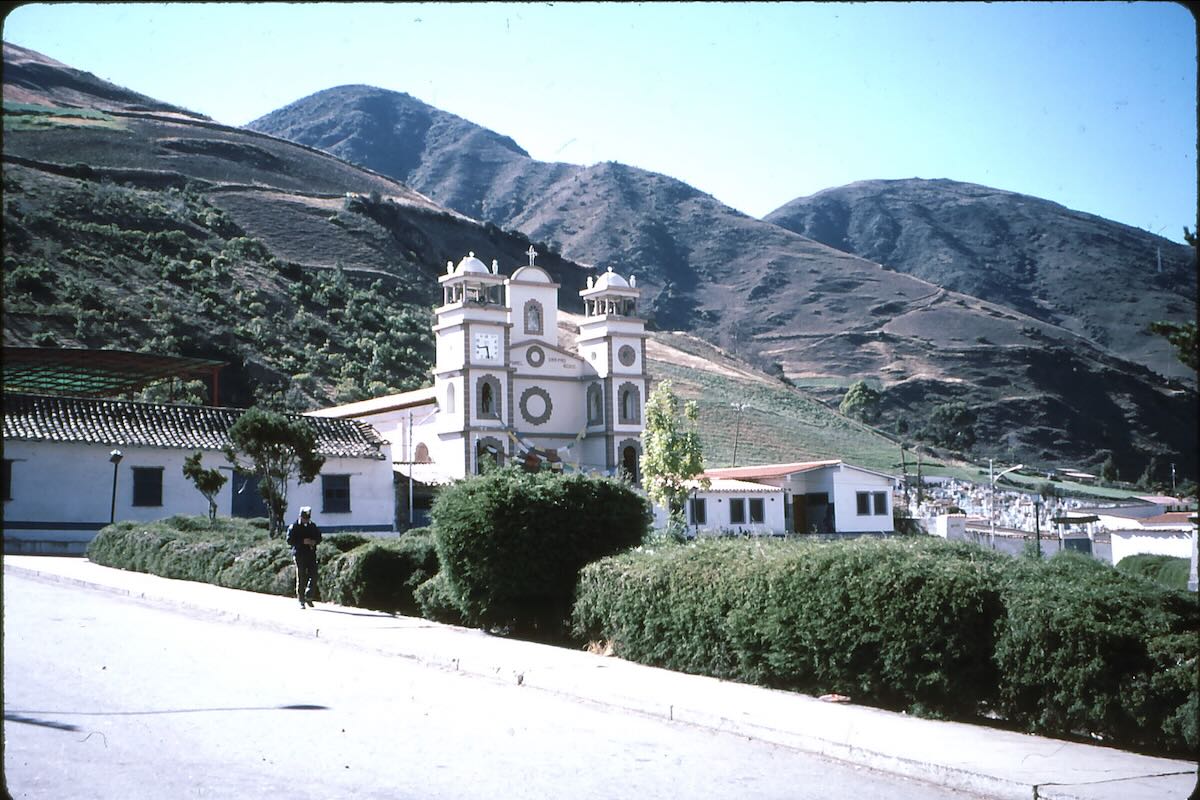
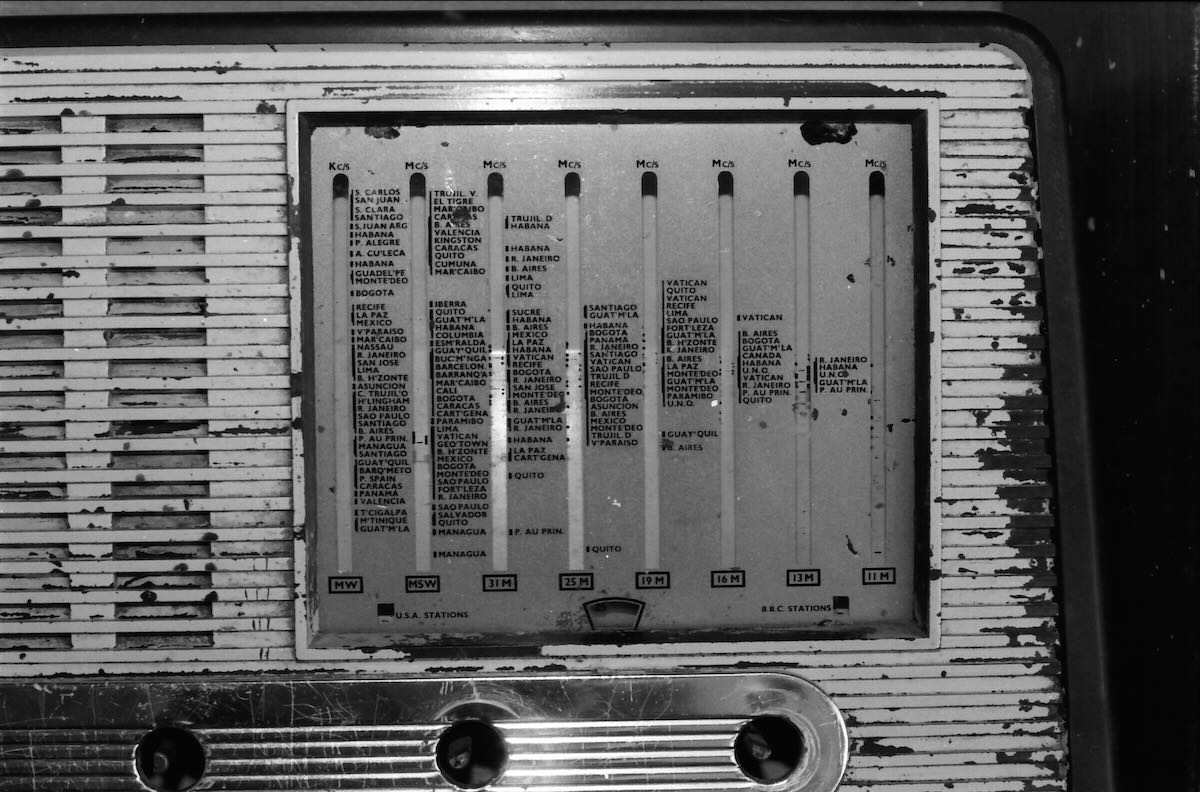
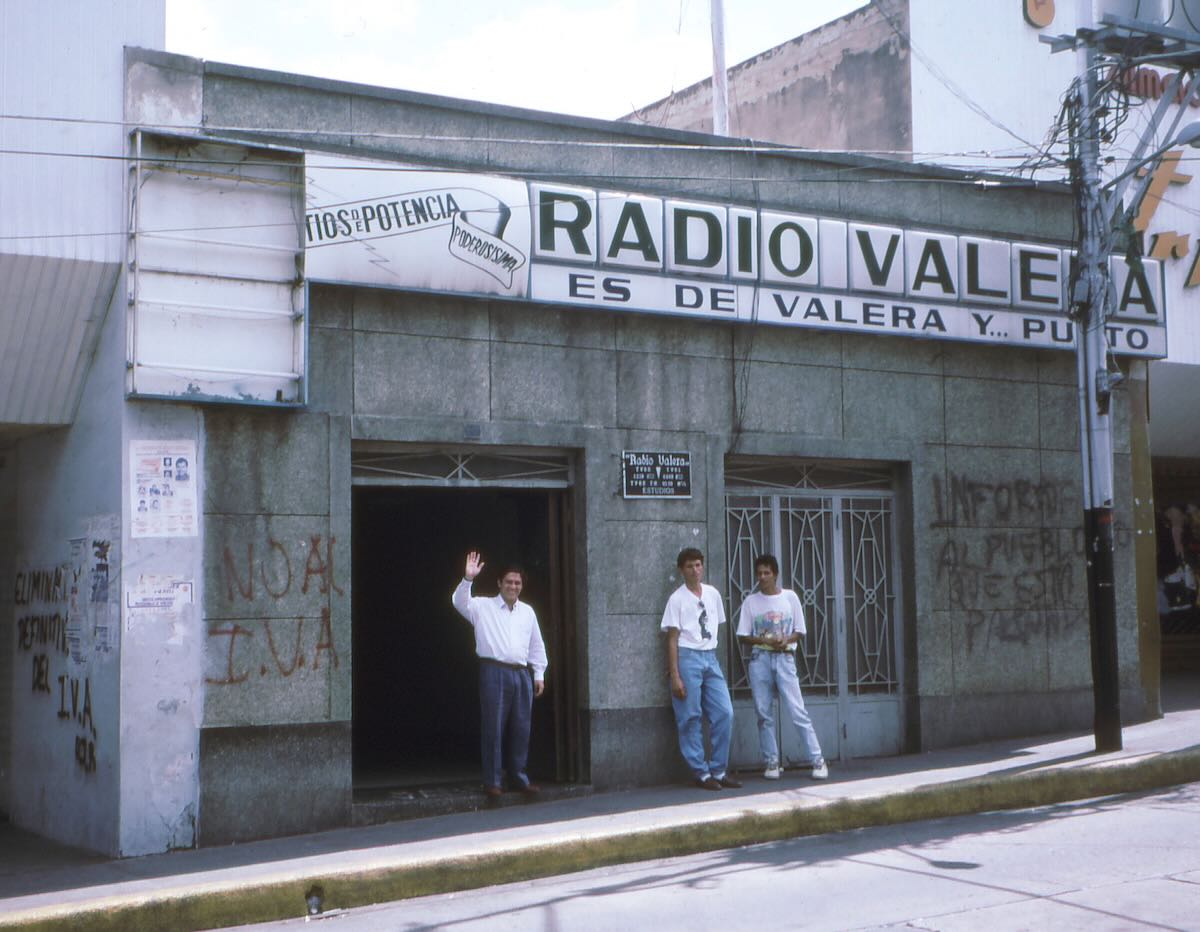
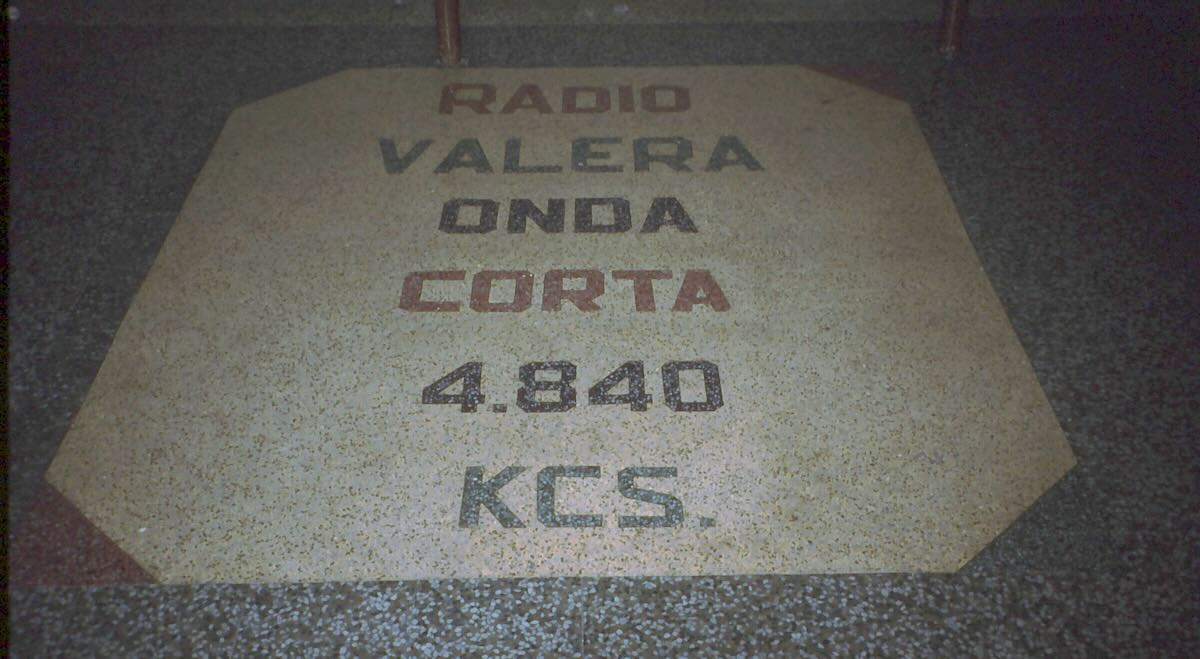
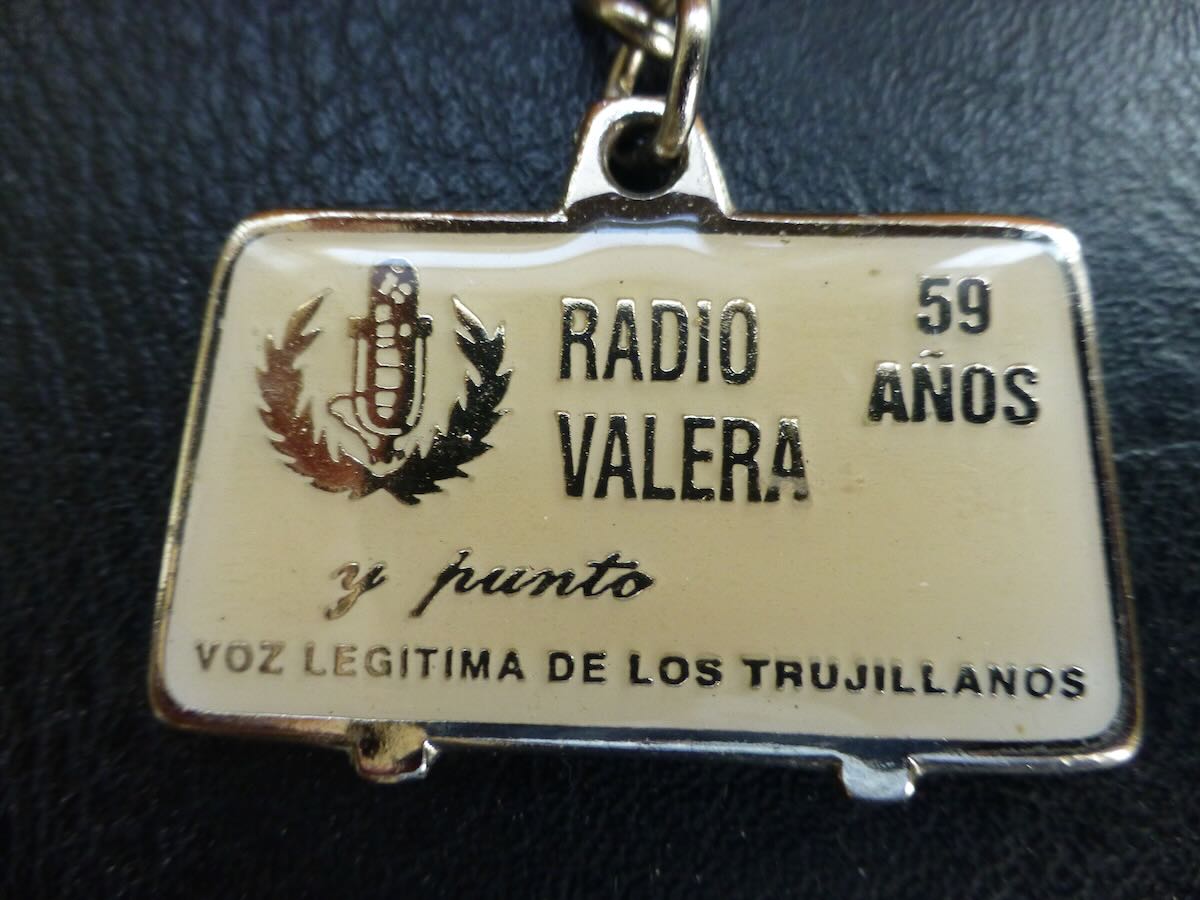
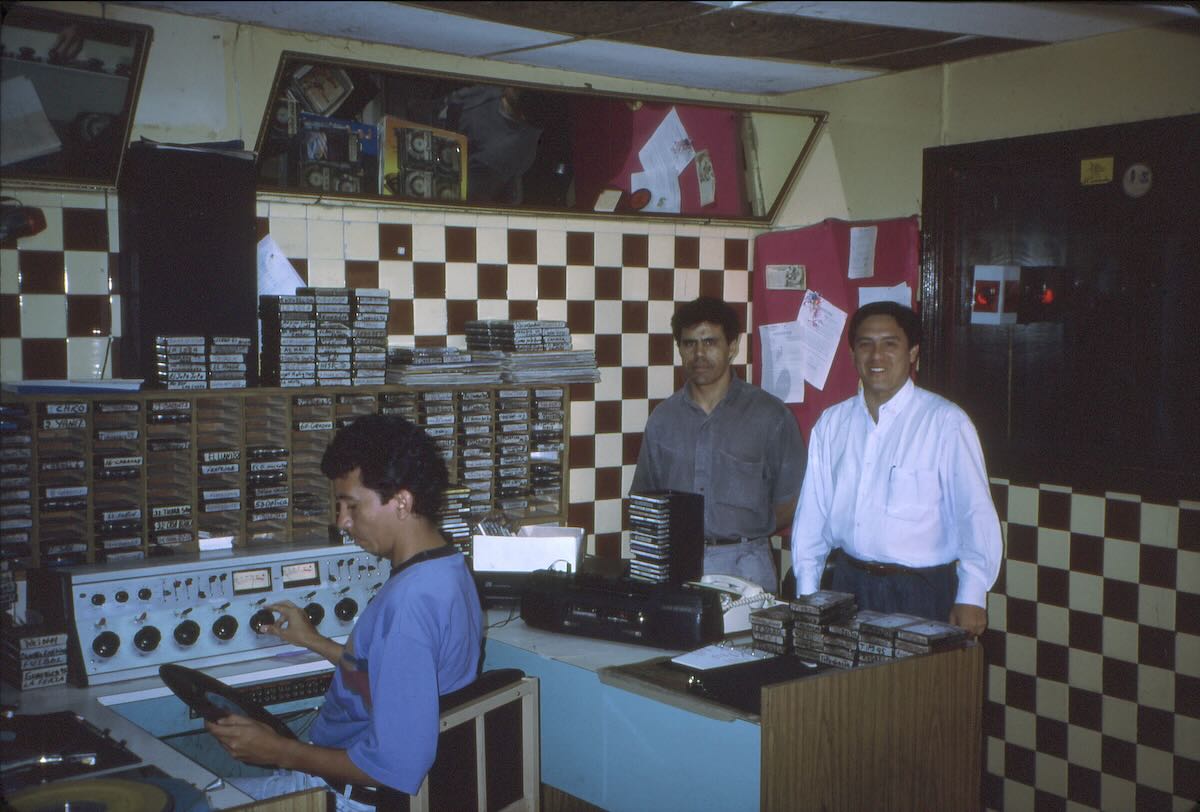
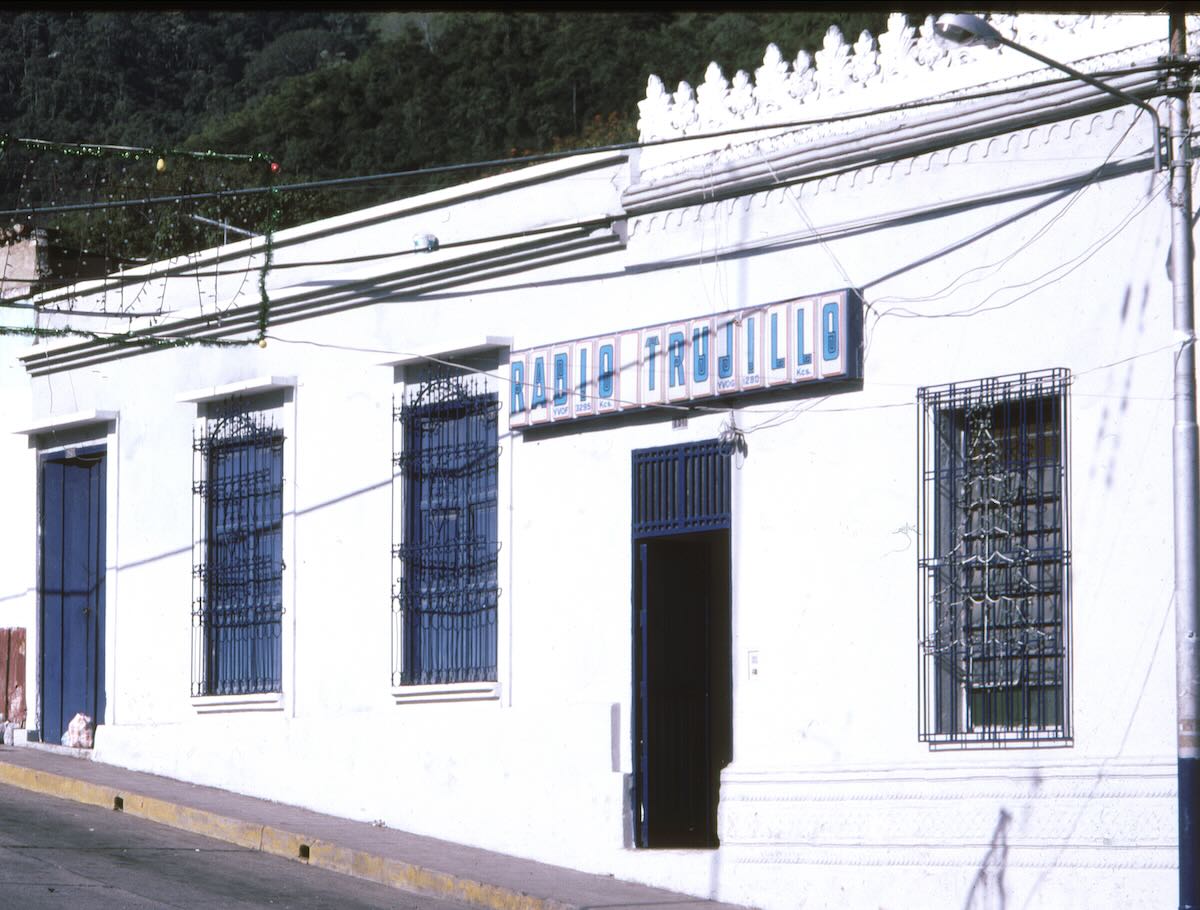
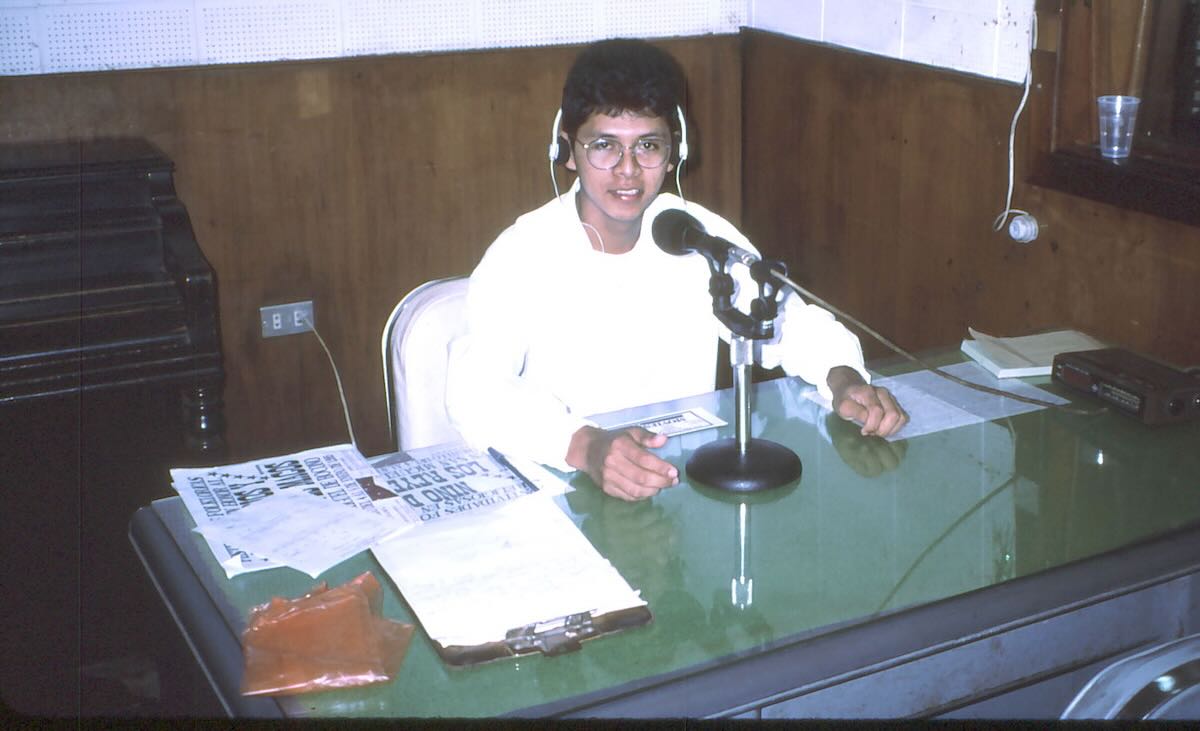
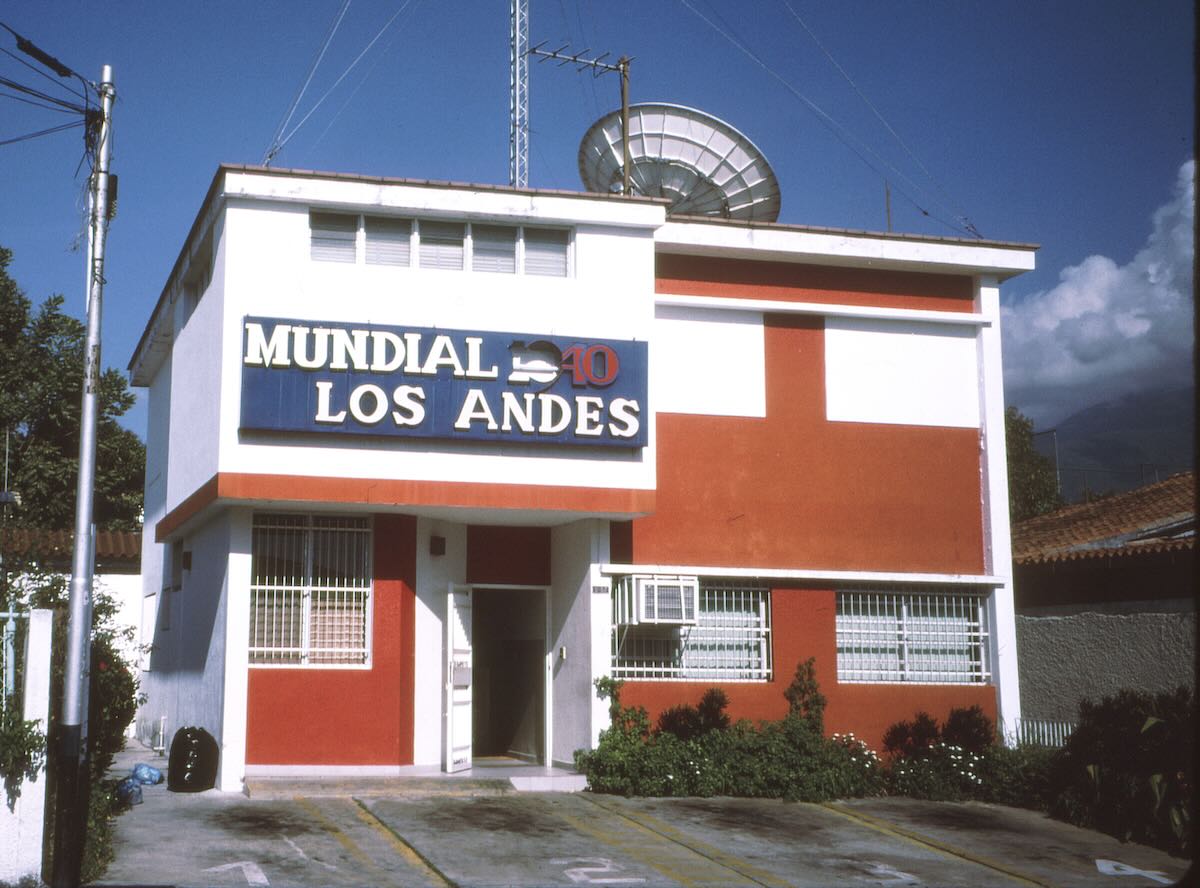
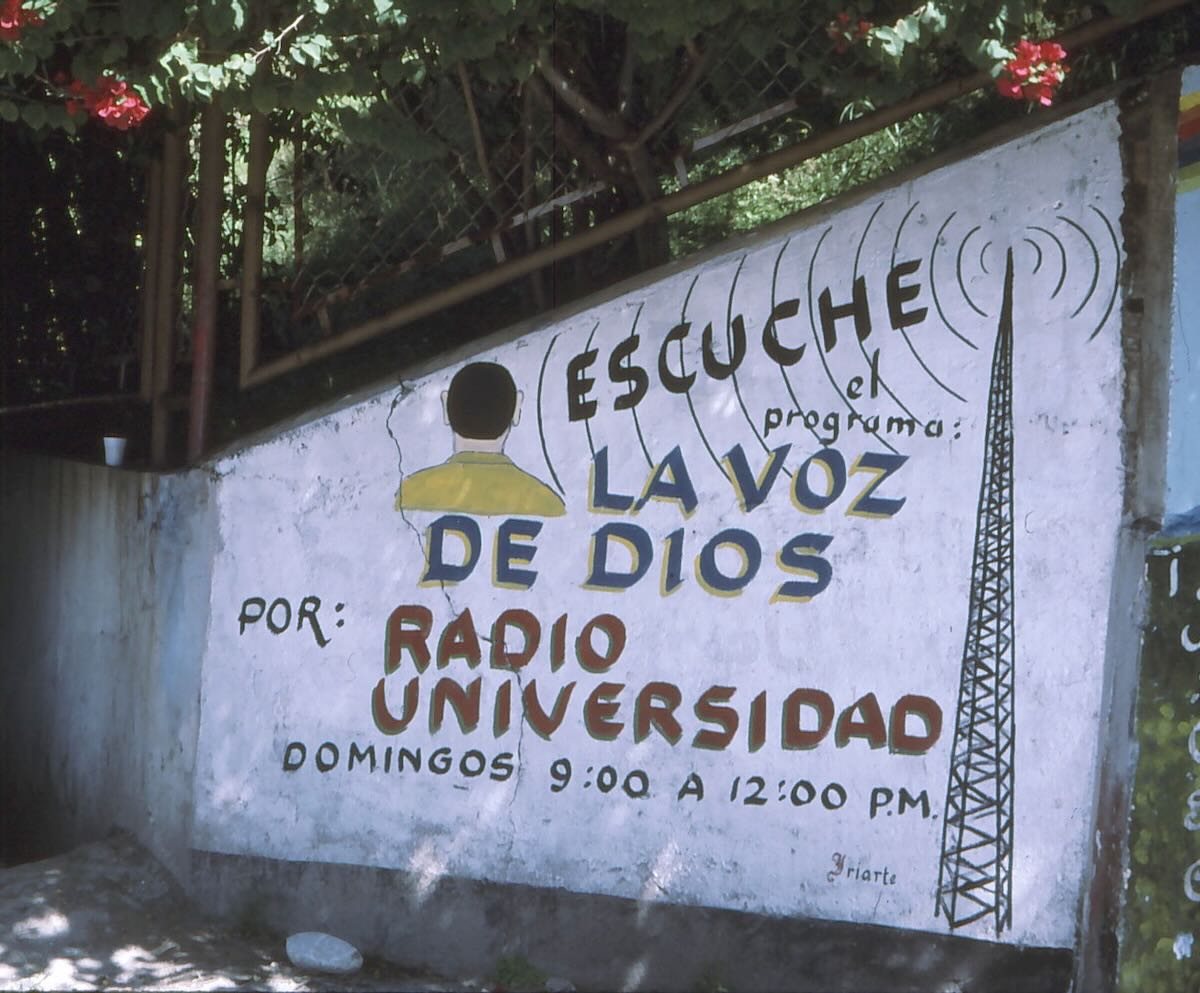
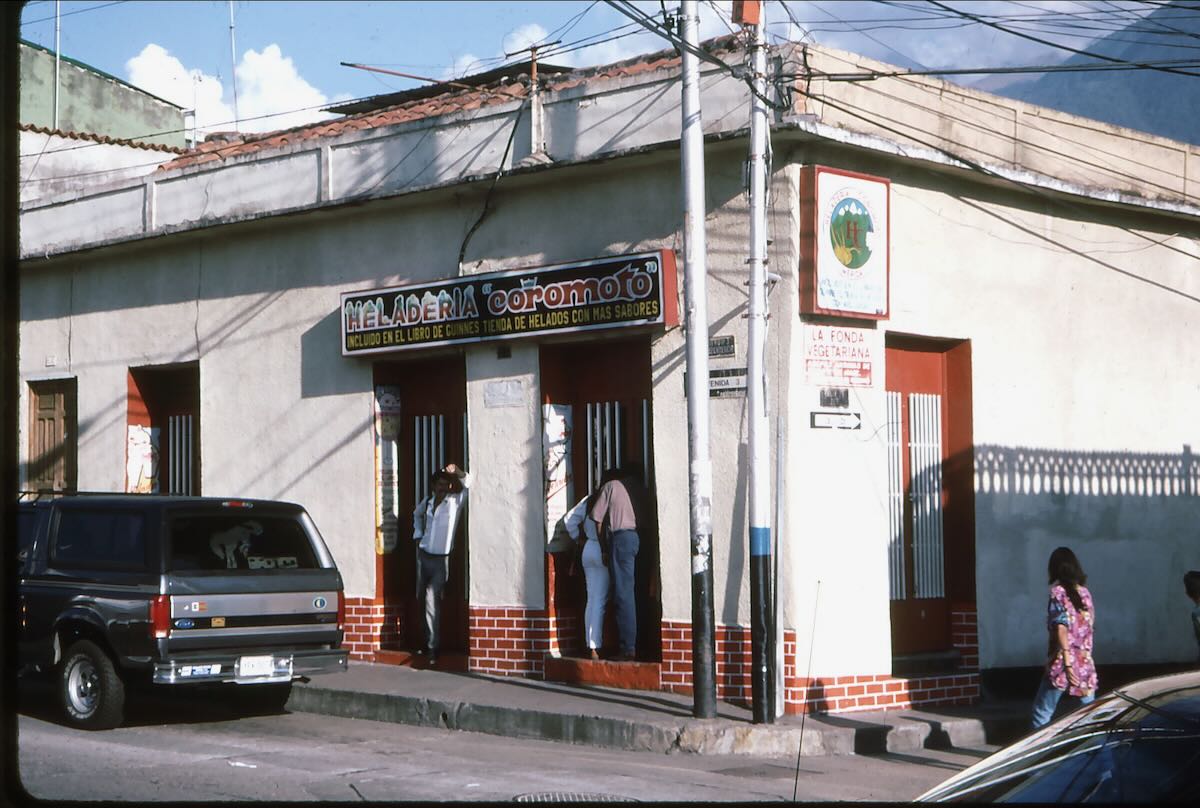
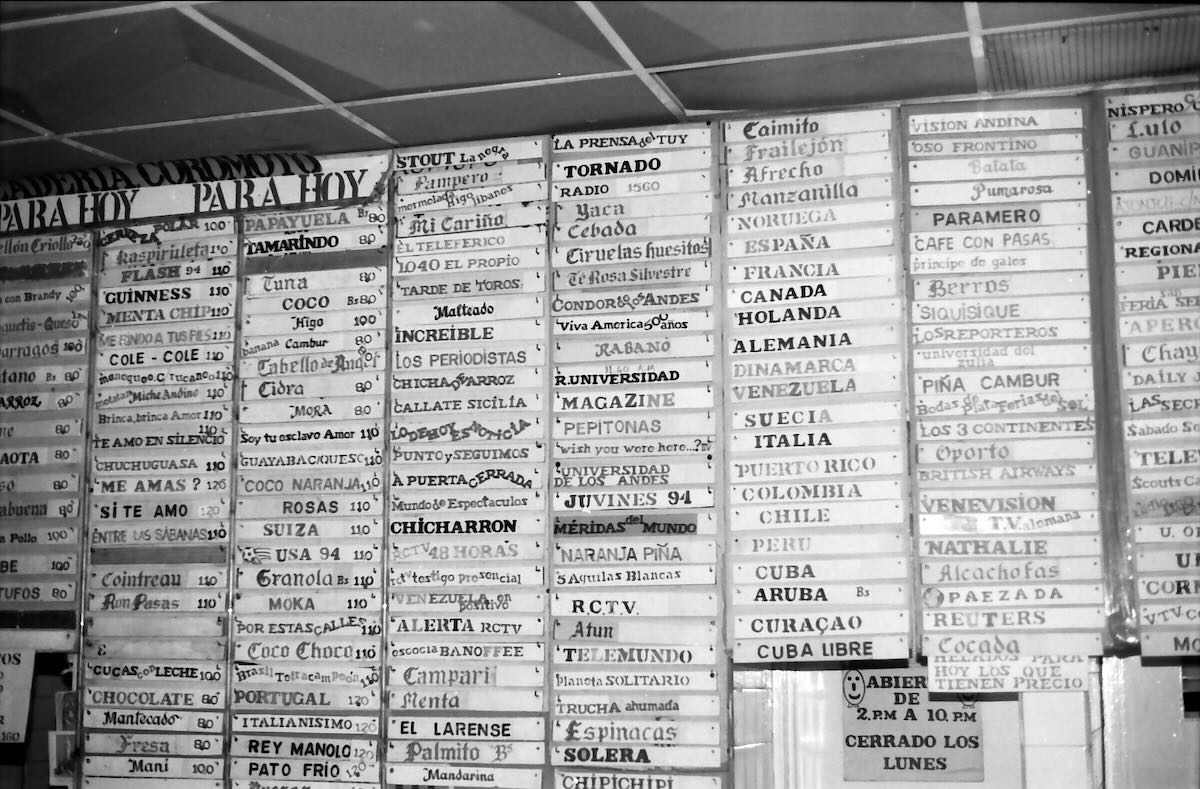
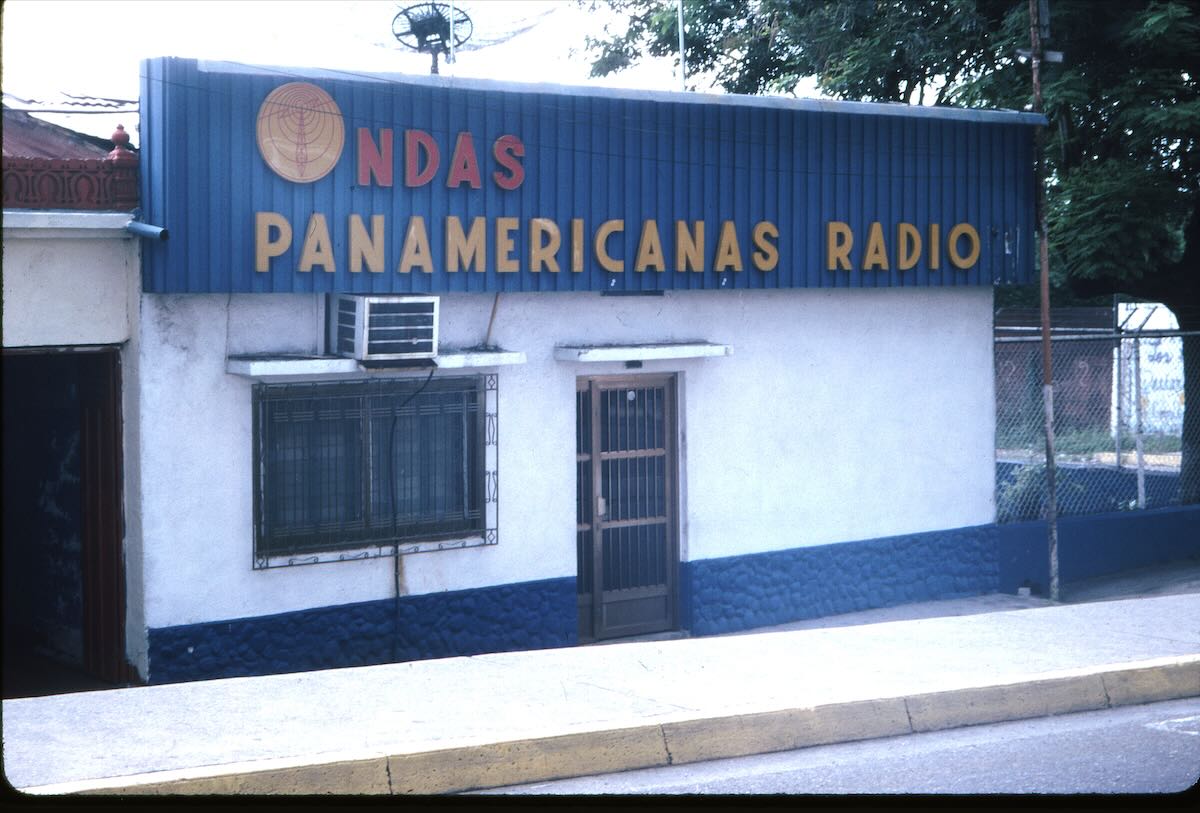
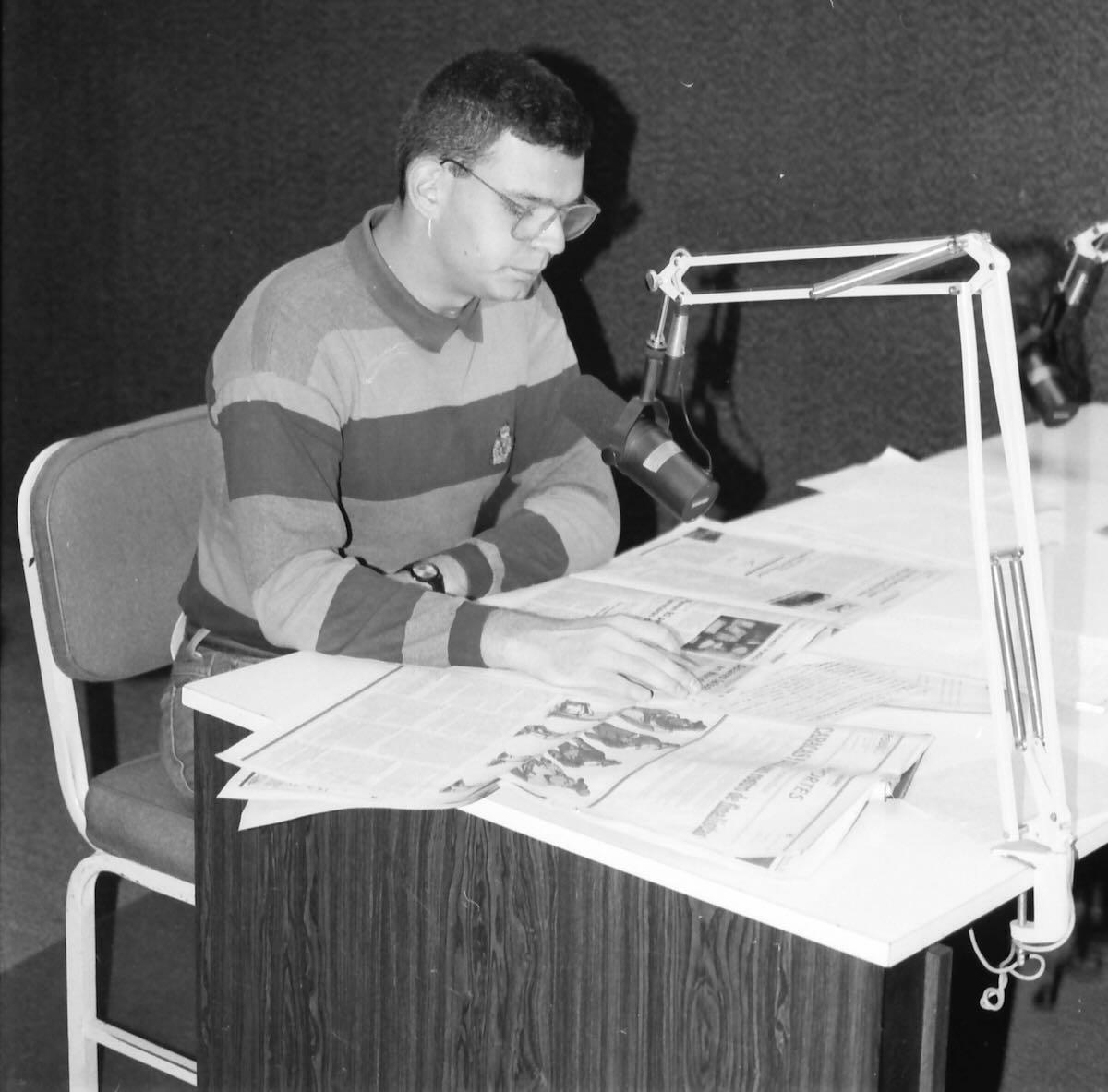
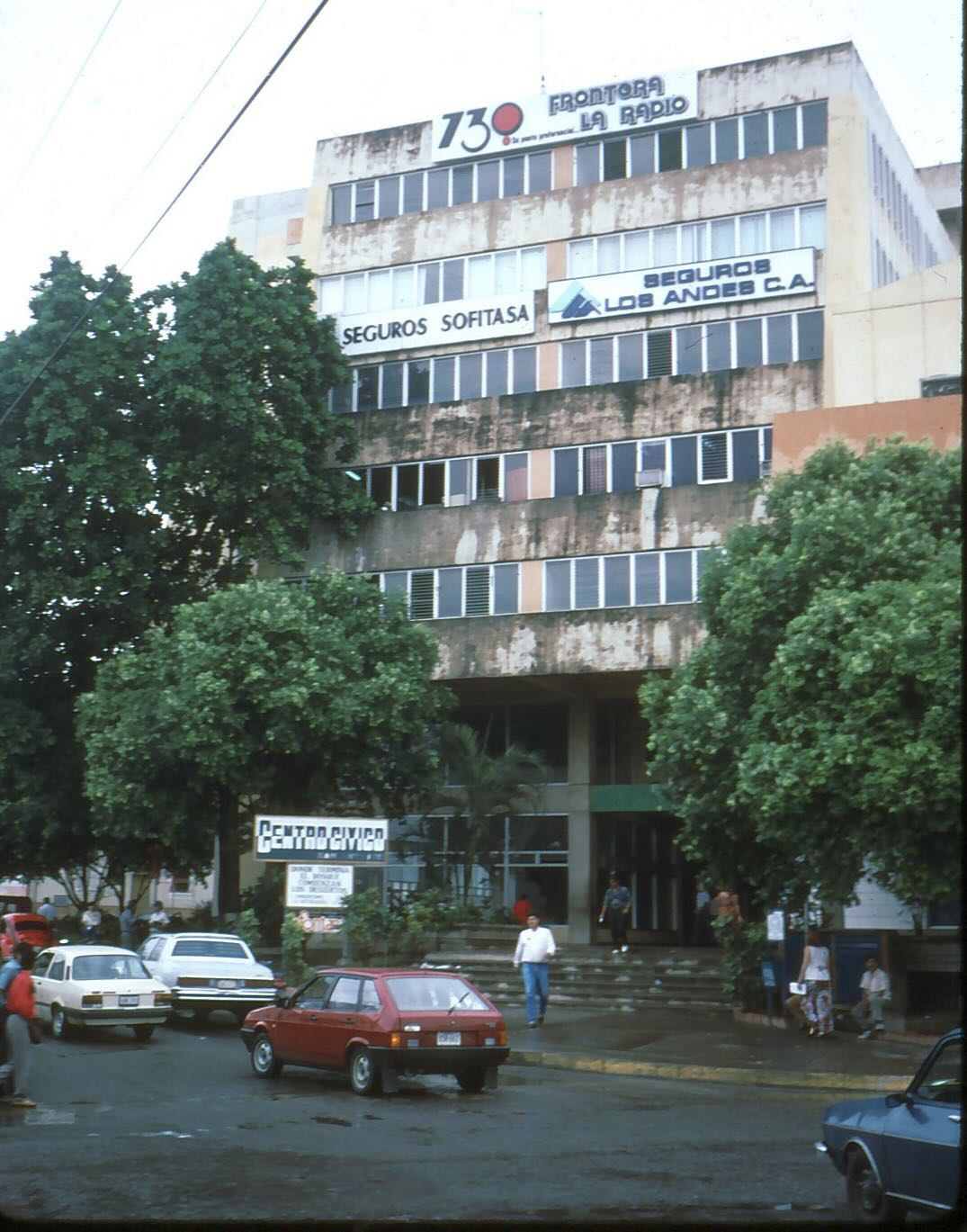
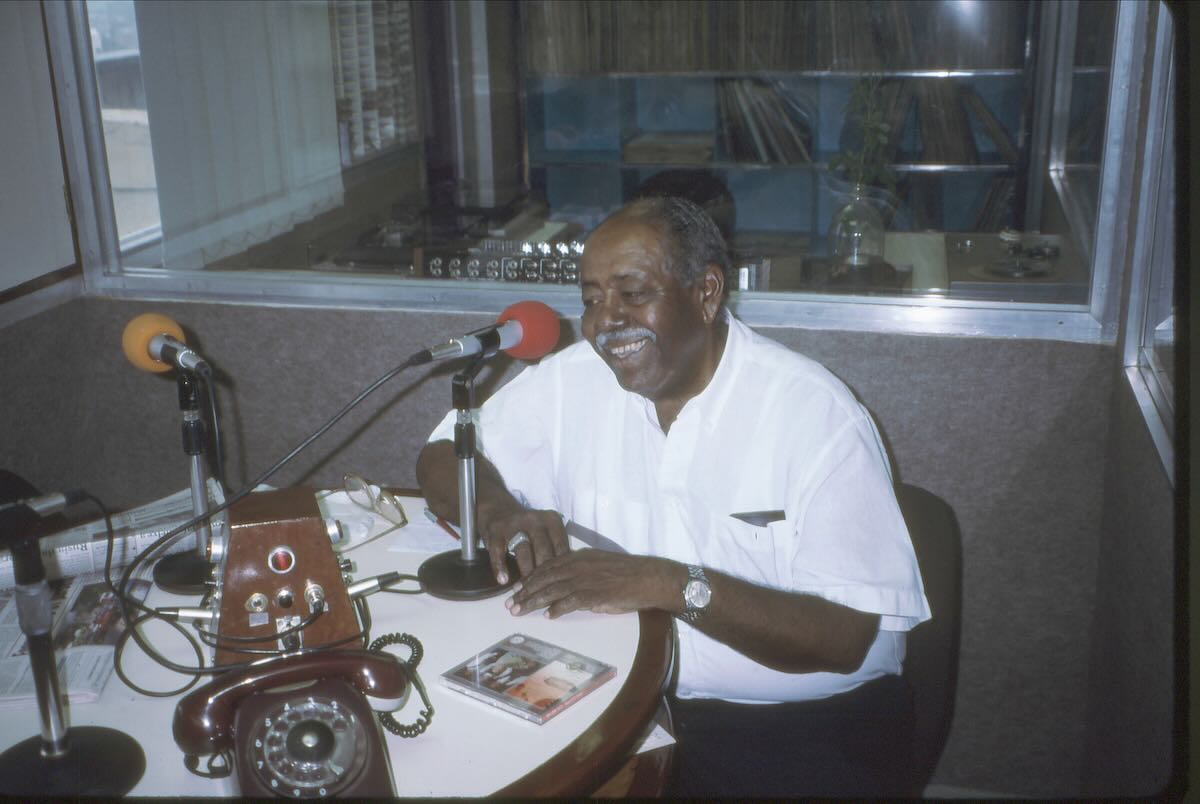
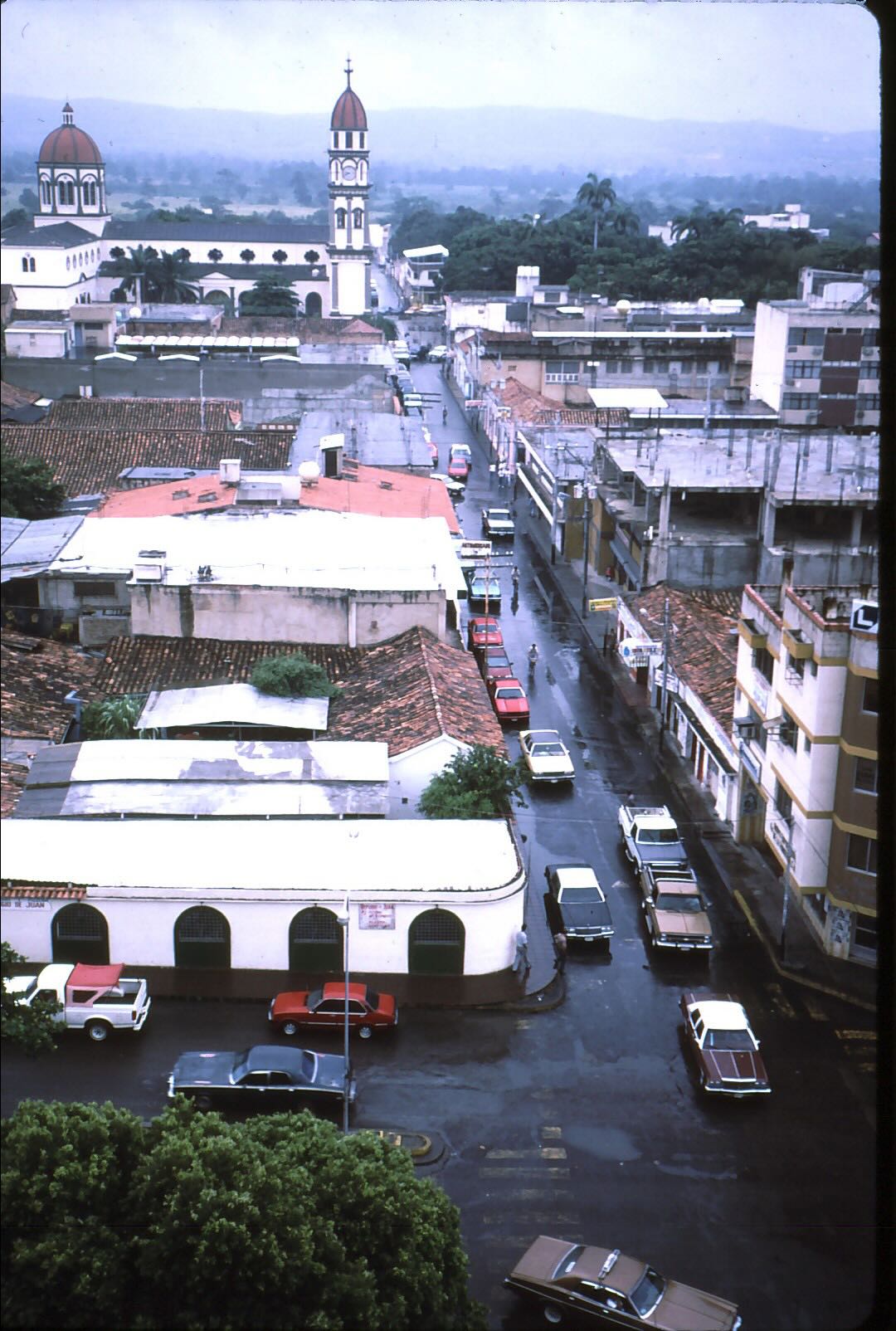
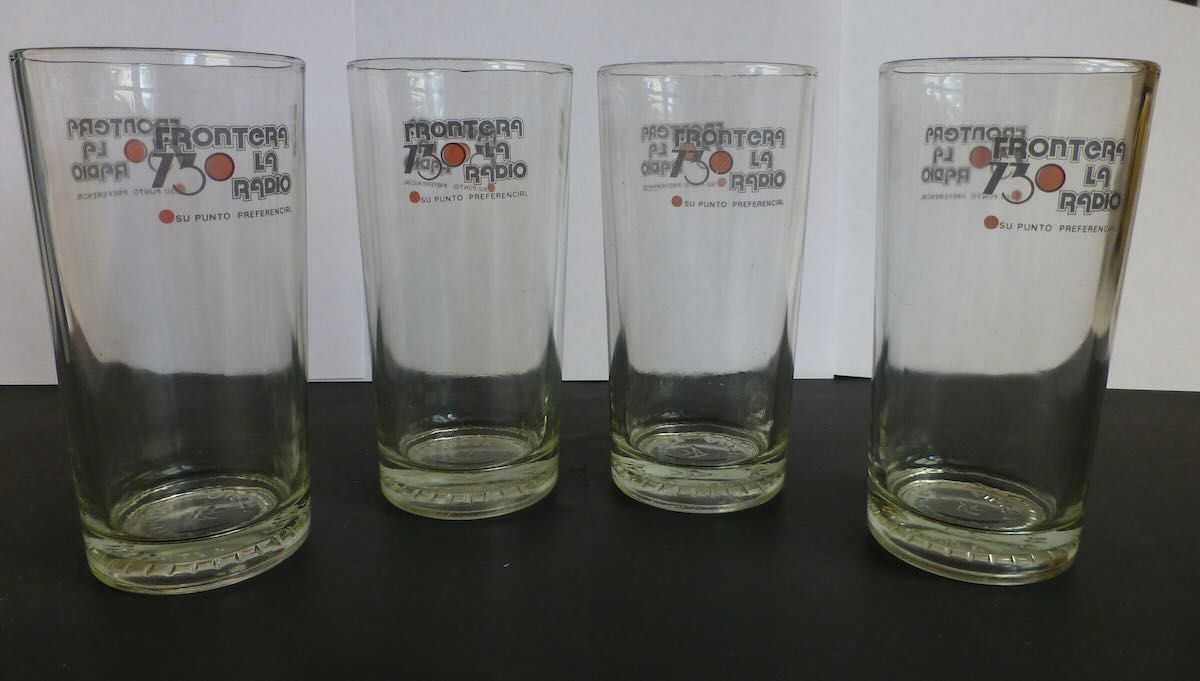
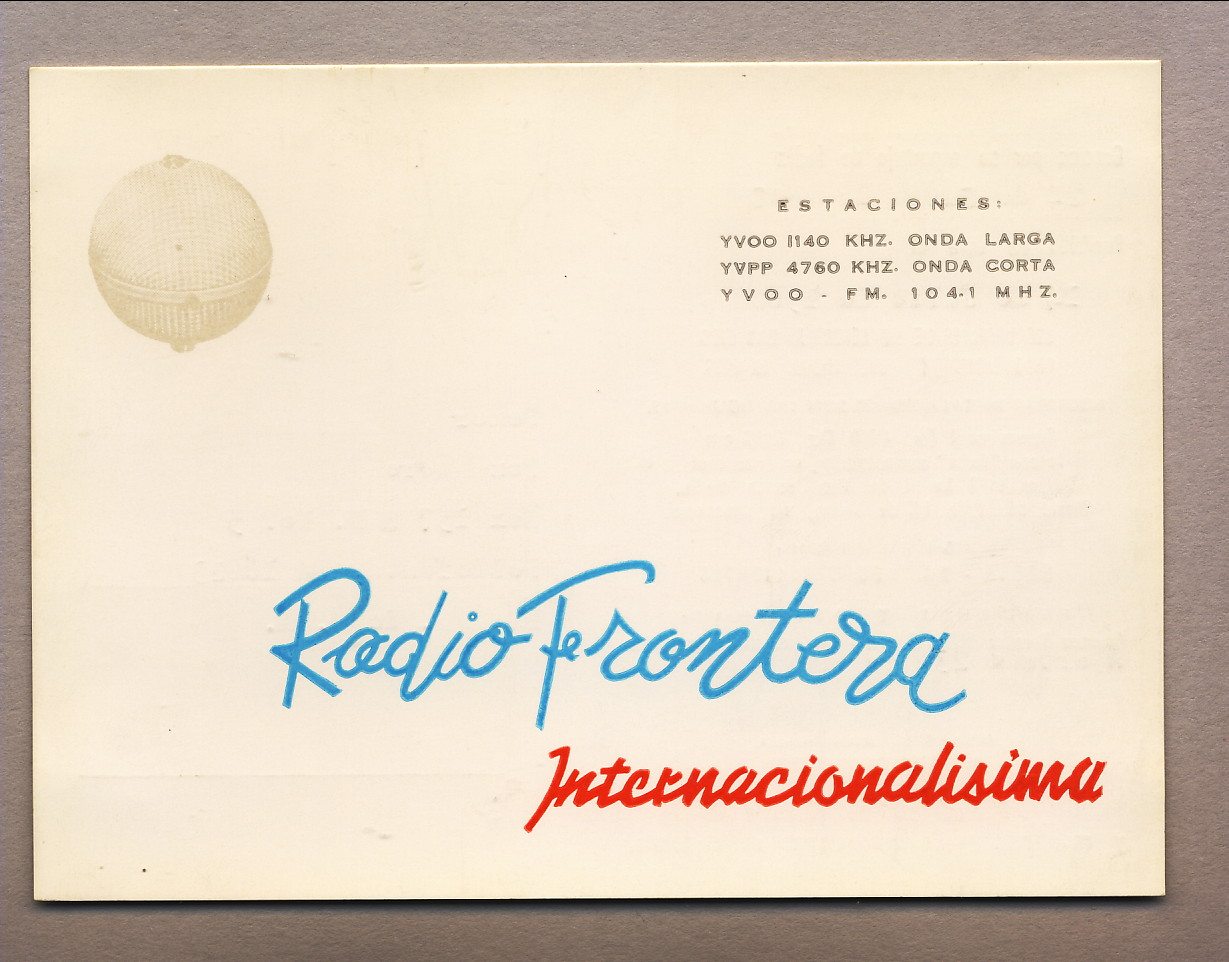
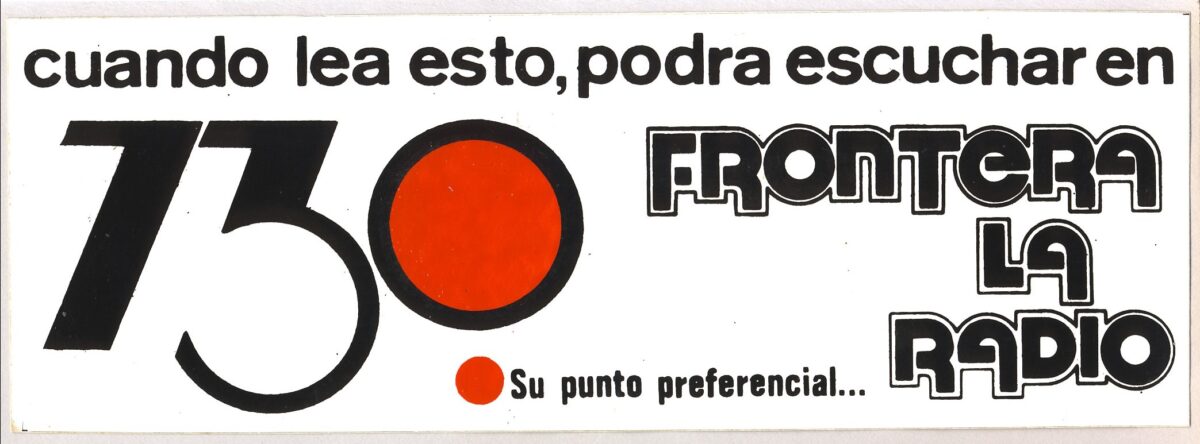
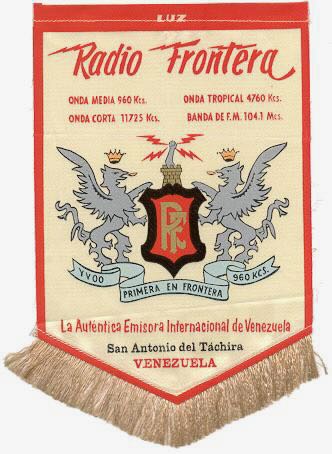
Thank you for sharing those incredible memories. Those stations meant a lot to do many people. It’s great to see that side of shortwave.
Don, thanks again for another trip to SWBC radio station Nostalgialand. These “You Are There” DXing articles have always been a favorite genre. I have a small collection of books of LA station visit stories by Japanese DXer Tetsuya Hirahara. Also some great writing by European DXers, like Henrik’s “LA by Radio”.
So keep this stuff coming, it’s great and really appreciated. I hope you are also thinking about compiling all of them in a KDP published book, eventually.
The amazing thing is how smoke-and-mirrors so many of our favorite LA (as well as Indo, etc.) stations were. Wonderful sound, strong signals, fantasmagoric letterhead on their QSL envelopes, mind-blowing pennants and brochures, etc., all combining to create the image of a slick, polished broadcasting superpower. But then the surprise came whenever a DXer visited, encountering a little fleabag outfit in the basement of a bank building or whatever. But almost always, a warm welcome to the foreign visitor.
My favorite station visit story was via Jack Perolo, who insisted that receptions reports to some remote LA station were recycled and found on a nail in the outhouse, for use as sanitary paper.
Thank you for another great article on Latin American stations from the past, Don. As always, a most enjoyable read! Also, contained lots of memories for me.
The following link shows my QSL letter from Radio Los Andes 6010 kHz, complete with a postcard (scroll down the page to see it). My Latin QSLs are some of the most valuable I own.
https://medxr.blogspot.com/p/qsl-archives-5.html
All the best, Rob Wagner VK3BVW
8-track tapes in the studio. Fabulous photos.
Thank you for these photos and station memories.
DXing Venezolean local stations mus thave been great fun in the 1970ies.
I came around to SWL in 1991 when according to a local SW guide book Venezuelan stations were still the easier starting points in South American DXing on the 60 meters band, and I managed to record a good hour of program of the Ecos Del Torbes (not mentioned here…), asked a Spanish language lecturer at my mother´s working places to please extract program details for me and to translate my personal letter draft. The details i still remember were lotteries to come and lottery winning numbers, agricultural goods prices, song announcements and news. i was so happy when i received a QSL card sent as postcard.
Wish I had been around twenty years earlier and with a better receiving equipment than just a CB radio antenna and a “classic Seangean”. Staying up late or getting up early for the South American locals was always fun and over years I managed to get many countries one by one and conditions permitting.
I love reading travel reports in general and especially yours because you have been using the radio DXing hobby as an introduction into cultures, a pholosophy that I can very much relate to.
My life has had me drifting culturally into the Far East rather than South America but in the meantime I have also learned Spanish. My 1991 recording of Ecos was also used by our translator friend in one of her local Spanish language school classes as instruction matierial. I was proud when she told me that.)
One aspect I eapecially adored in your diary entries about the Radio Frontera visit in particular was the CEO had the SW transmitter turned on just because he was so happy about his international guest(s). I find this so unique and friendly, and also a great gift to contemporary DXers.
Thank you again for your reports and photos, Don.
Best 73s. Frank from Germany